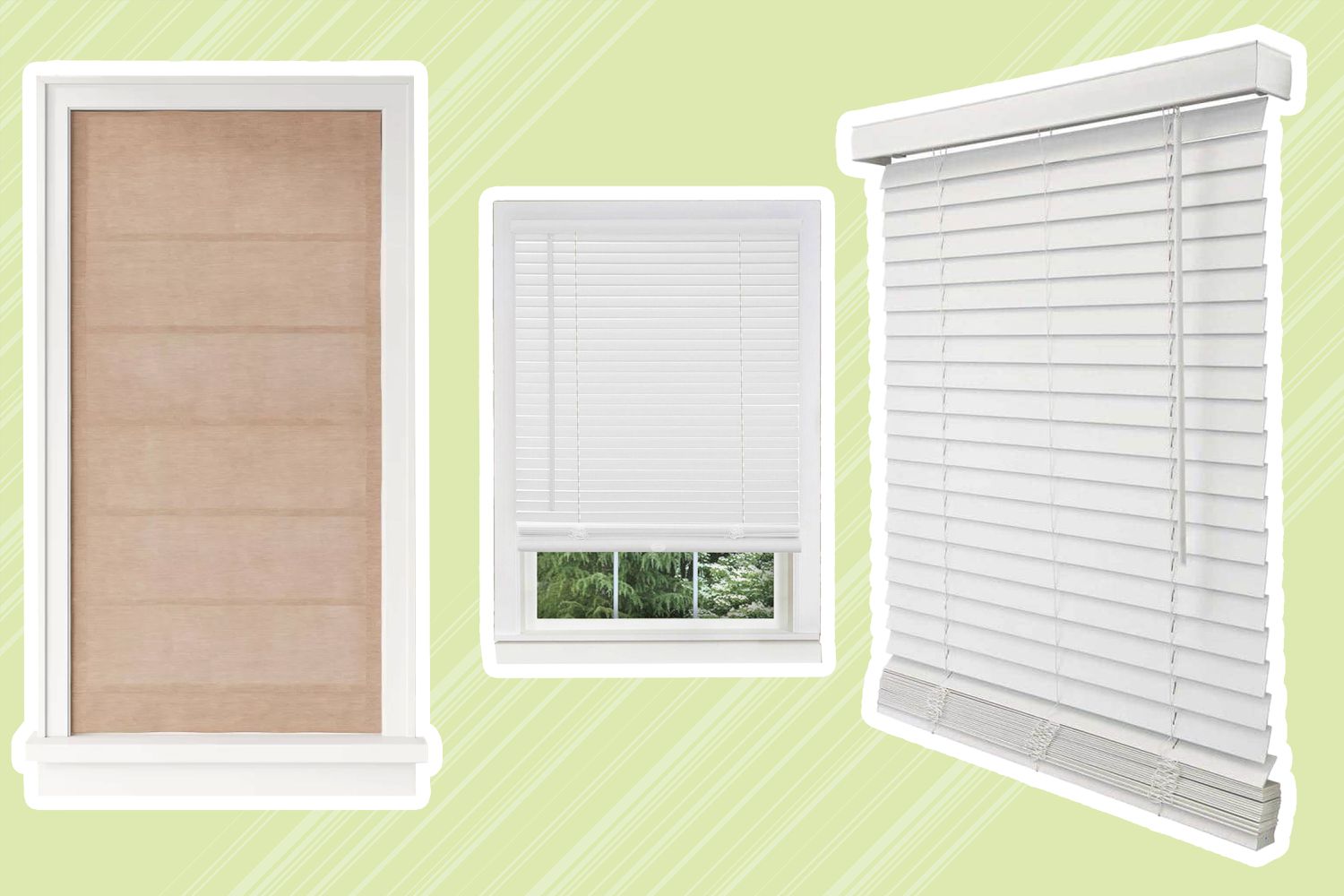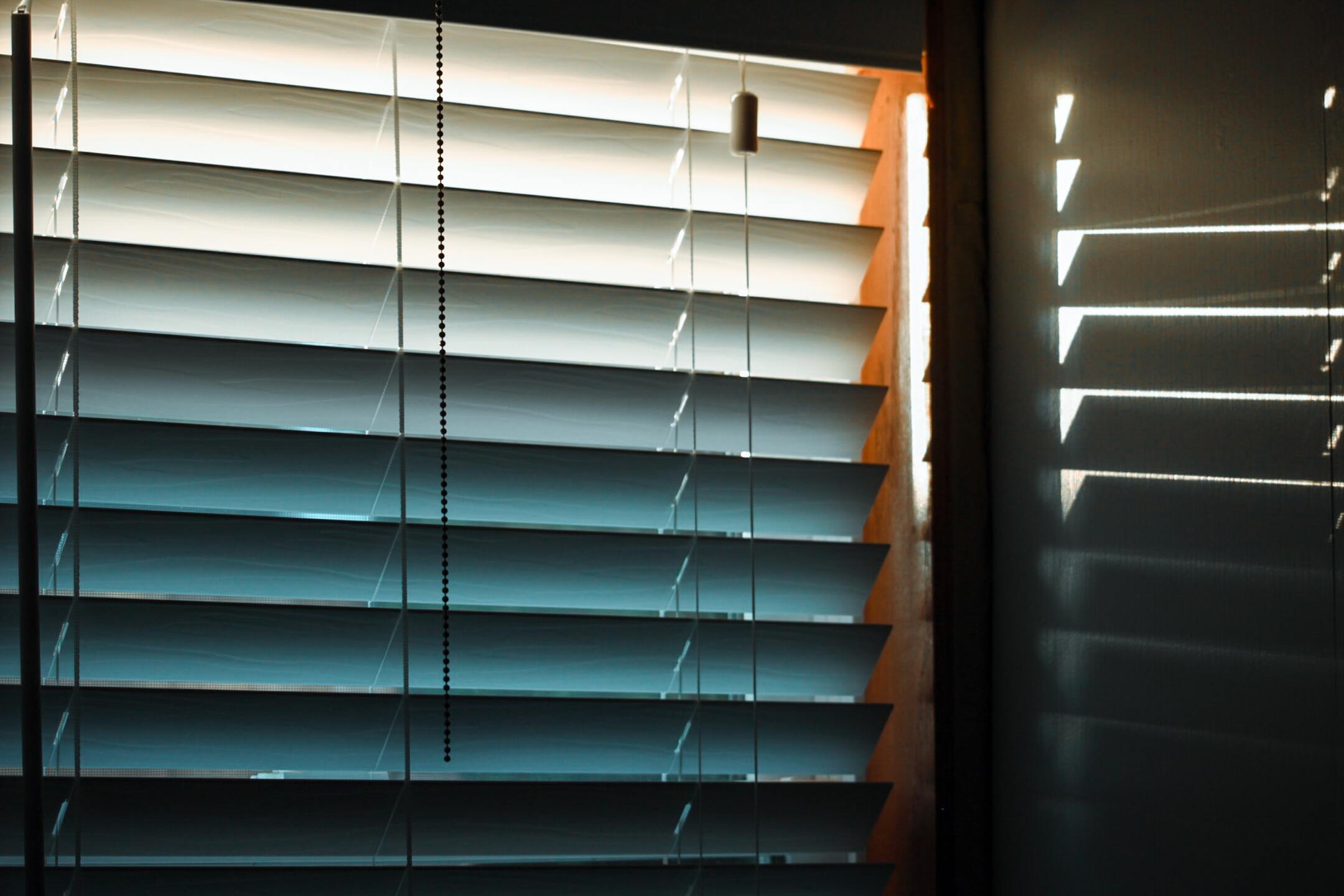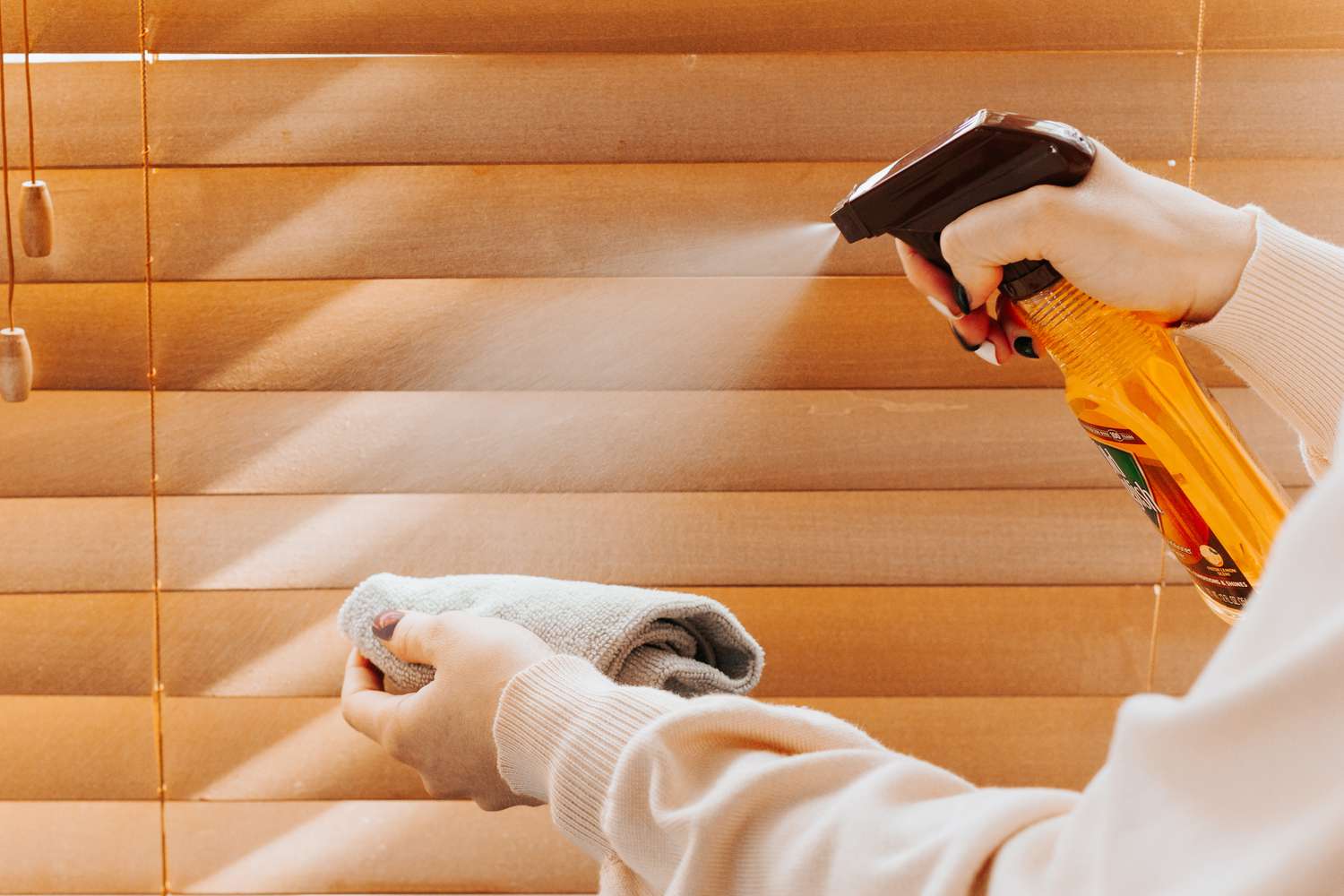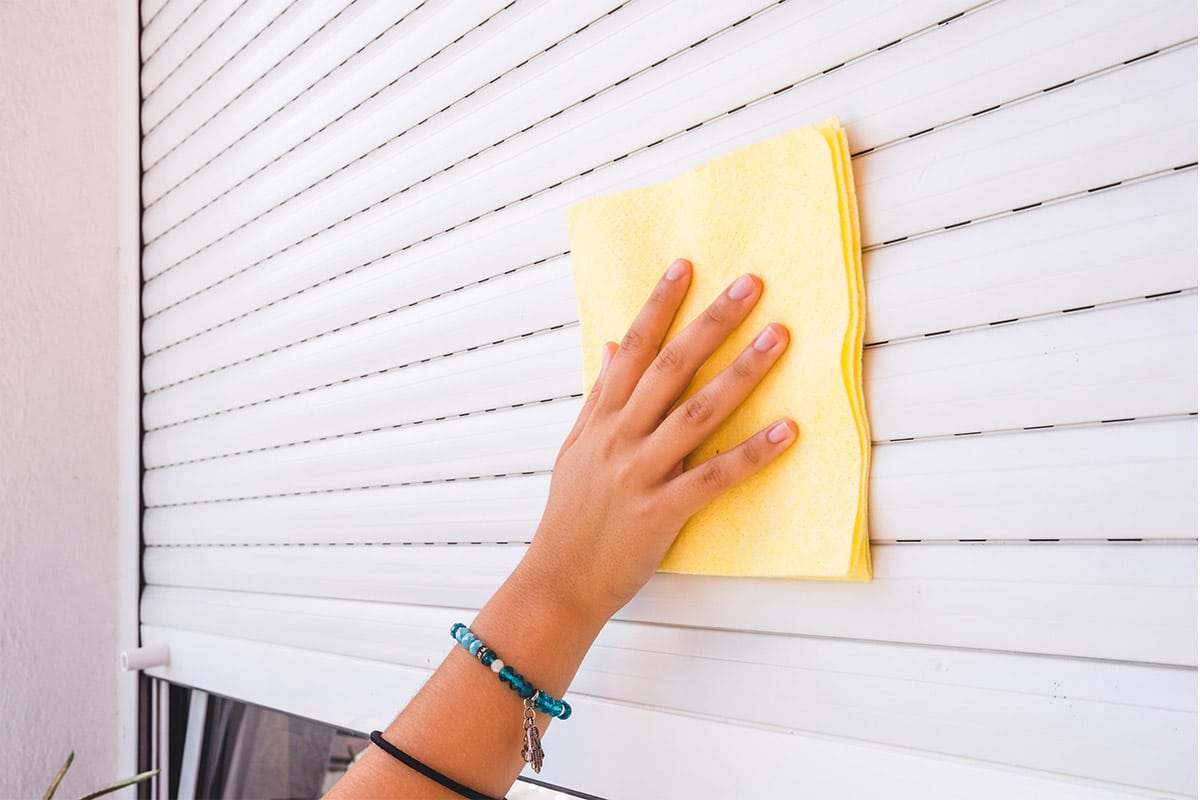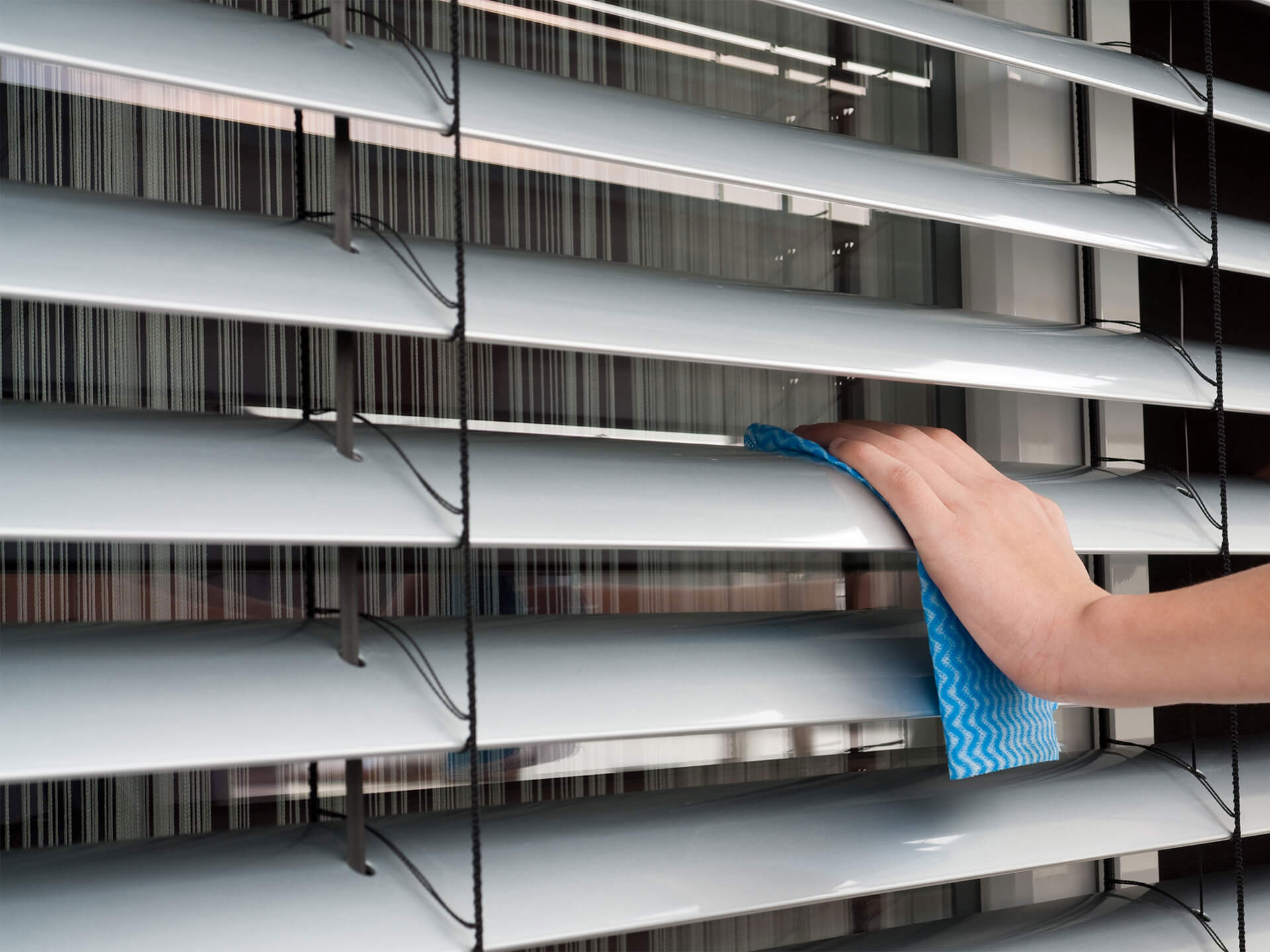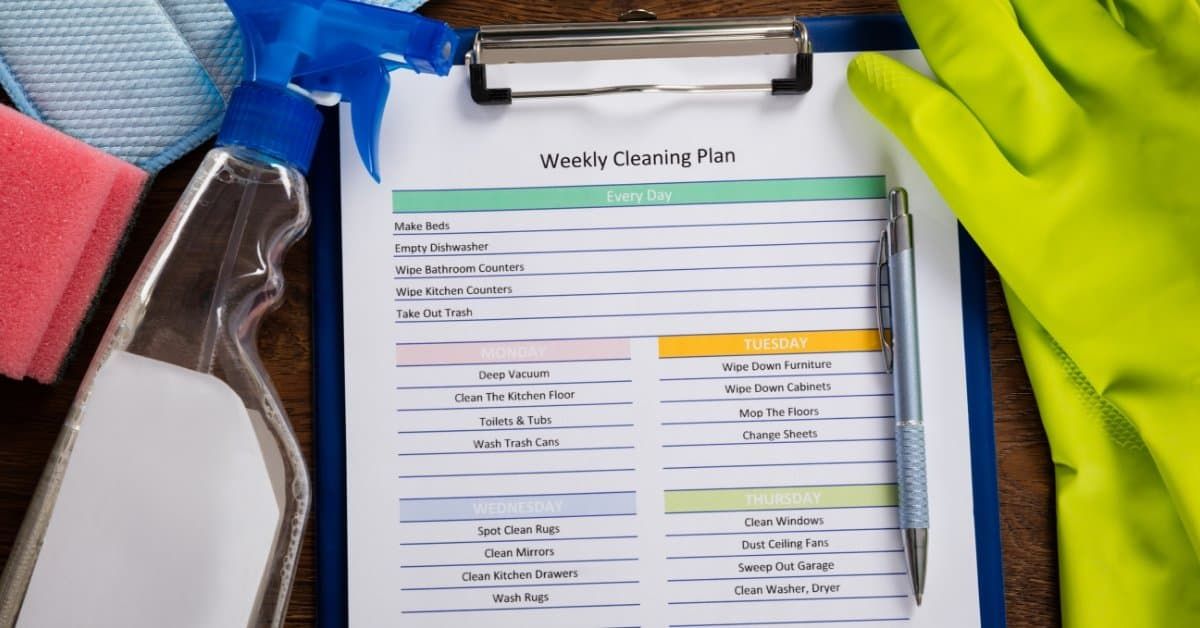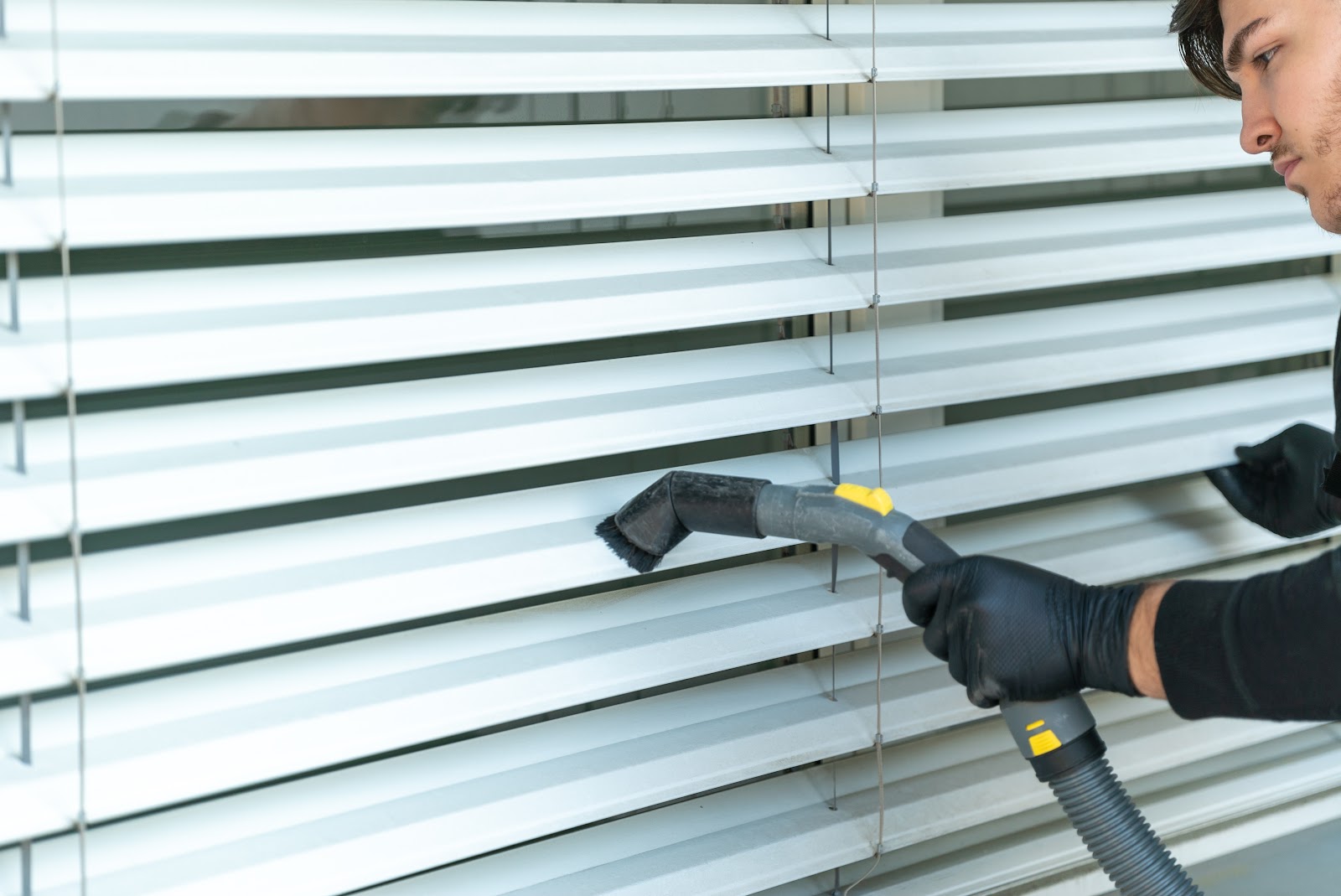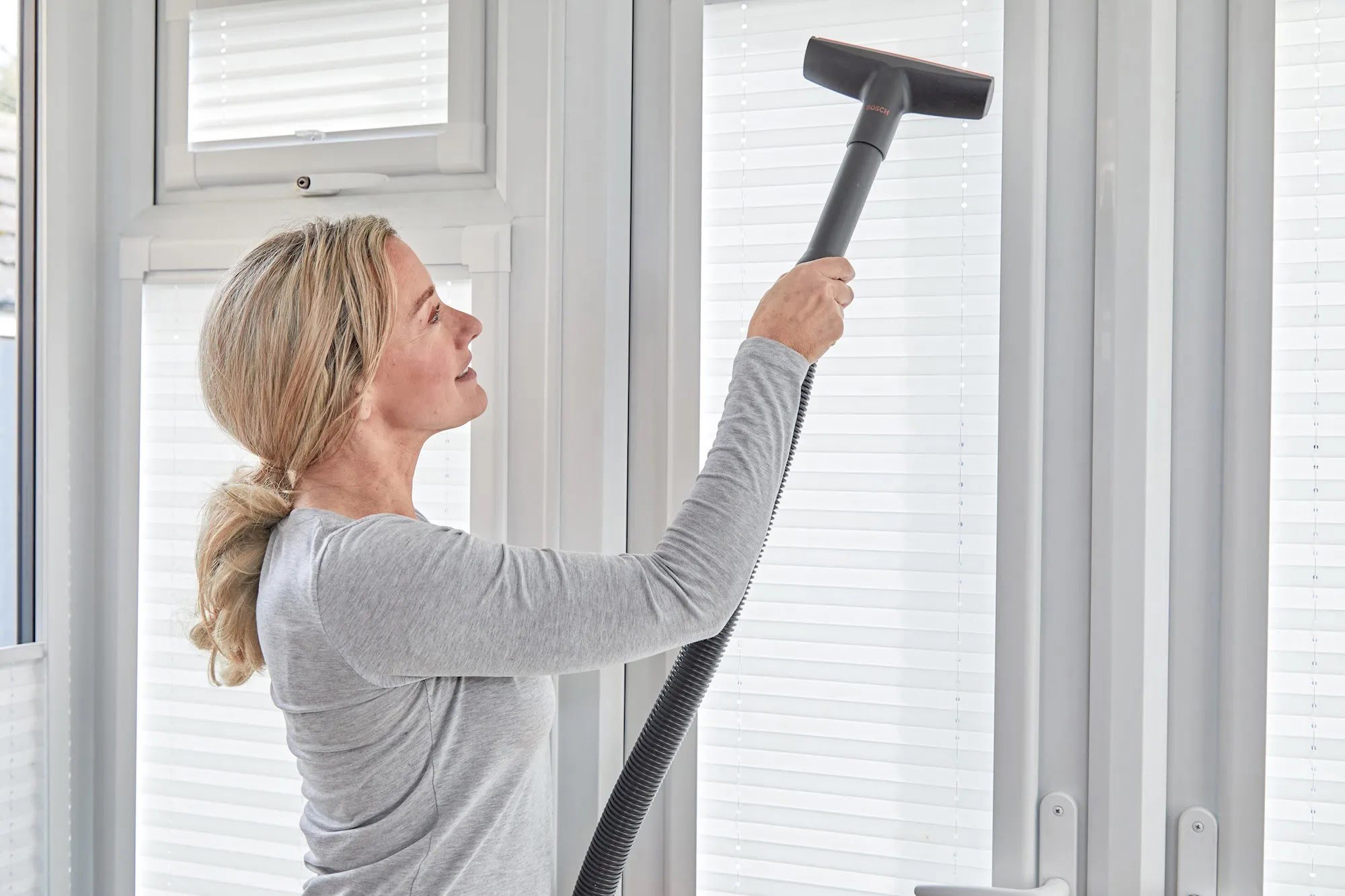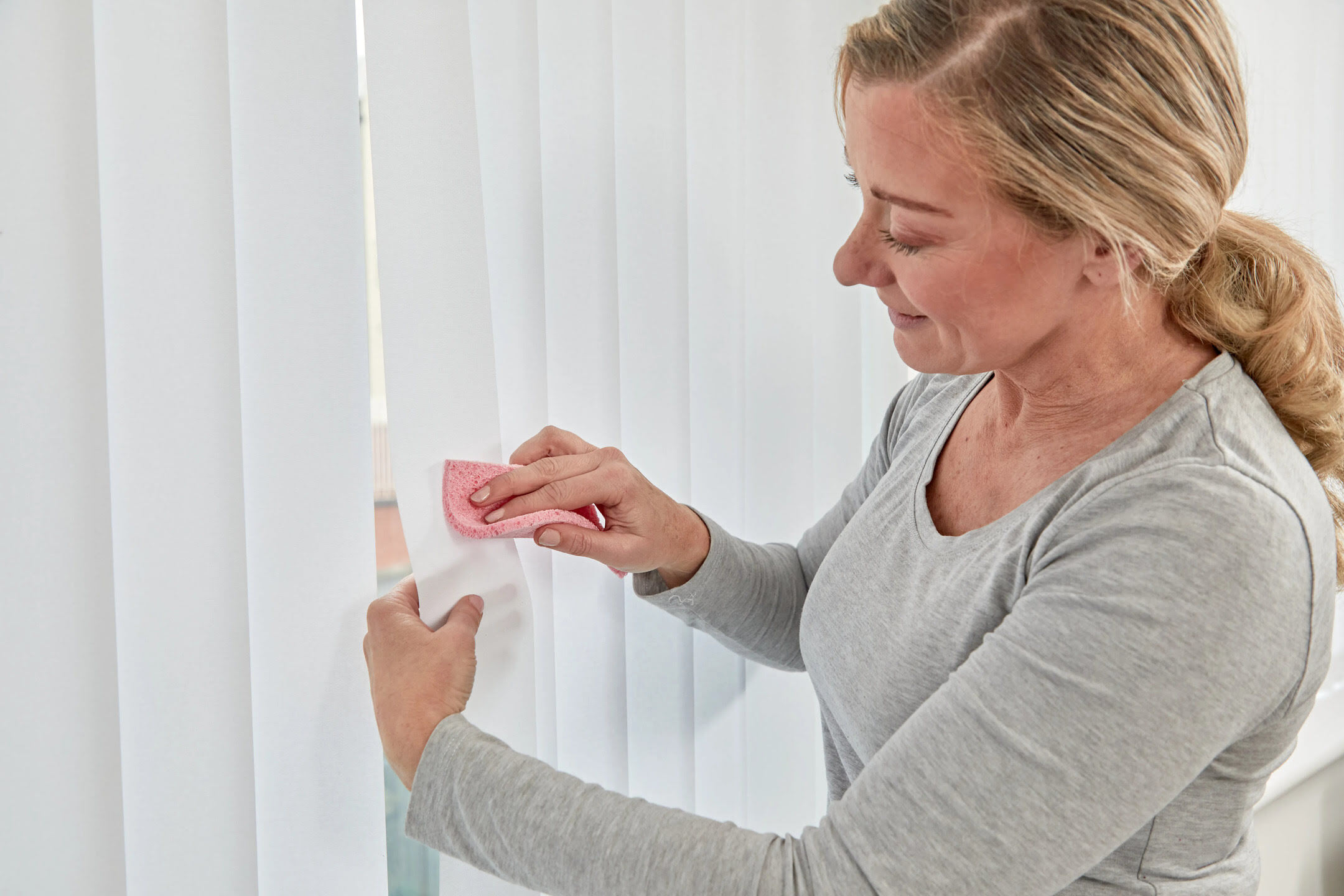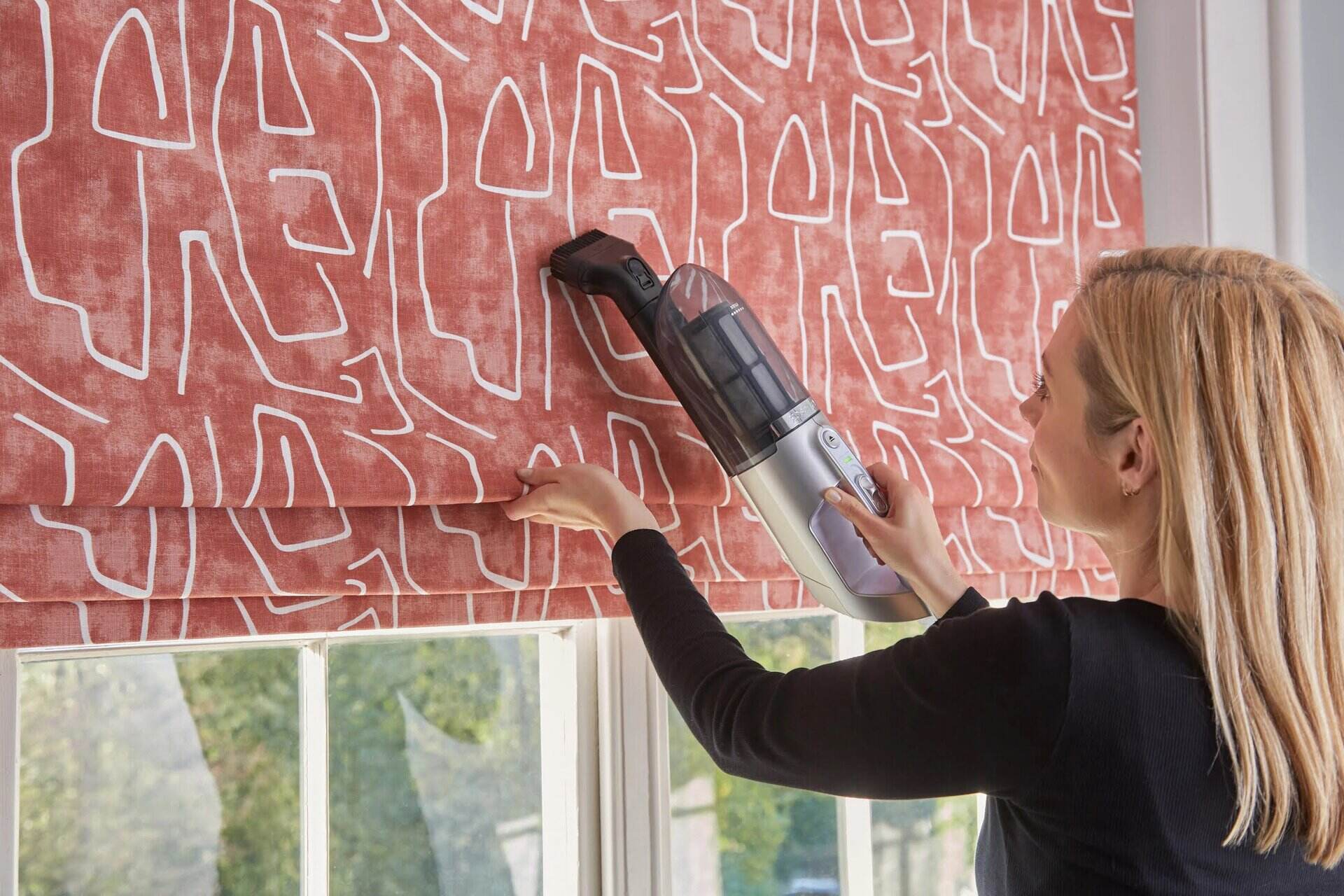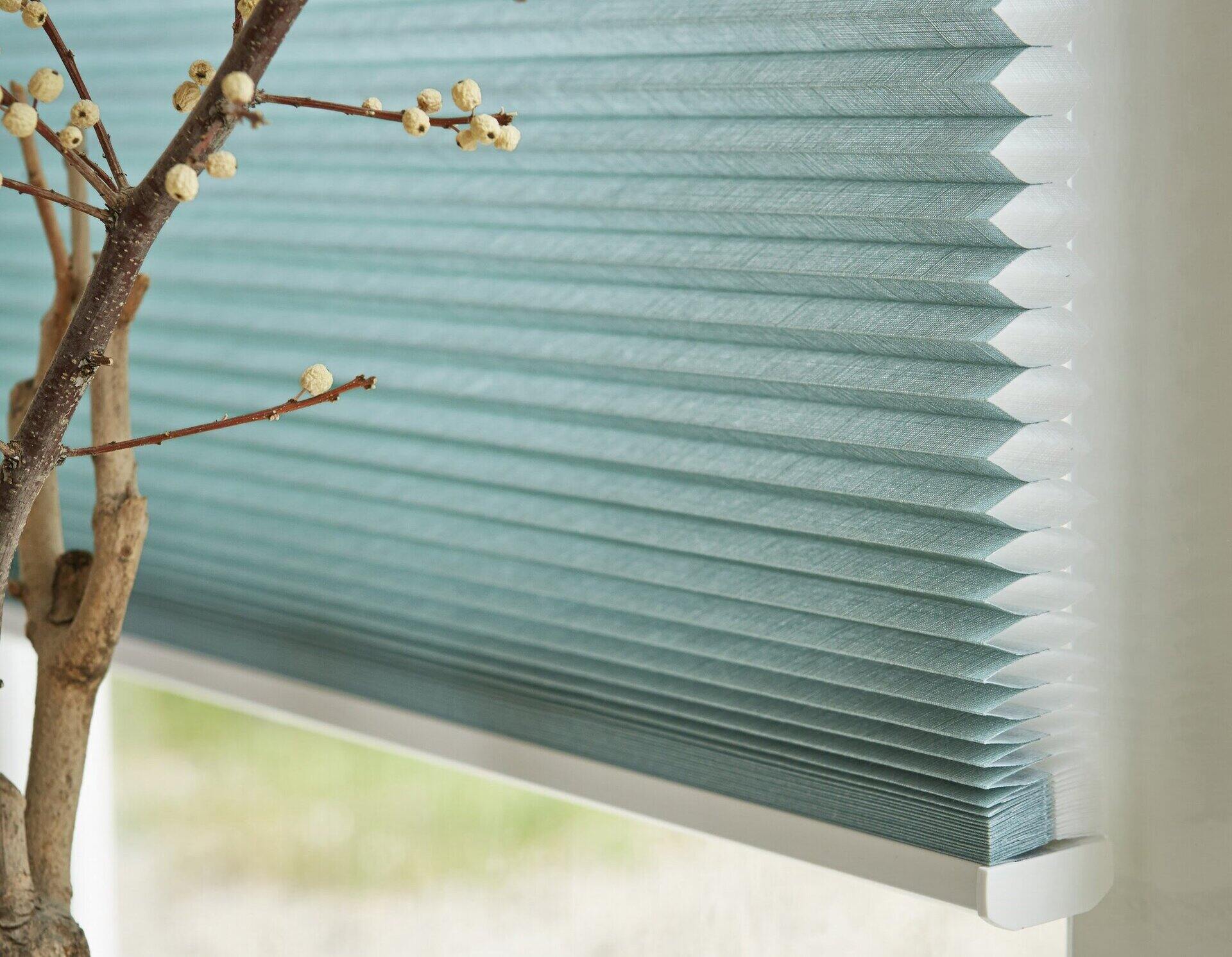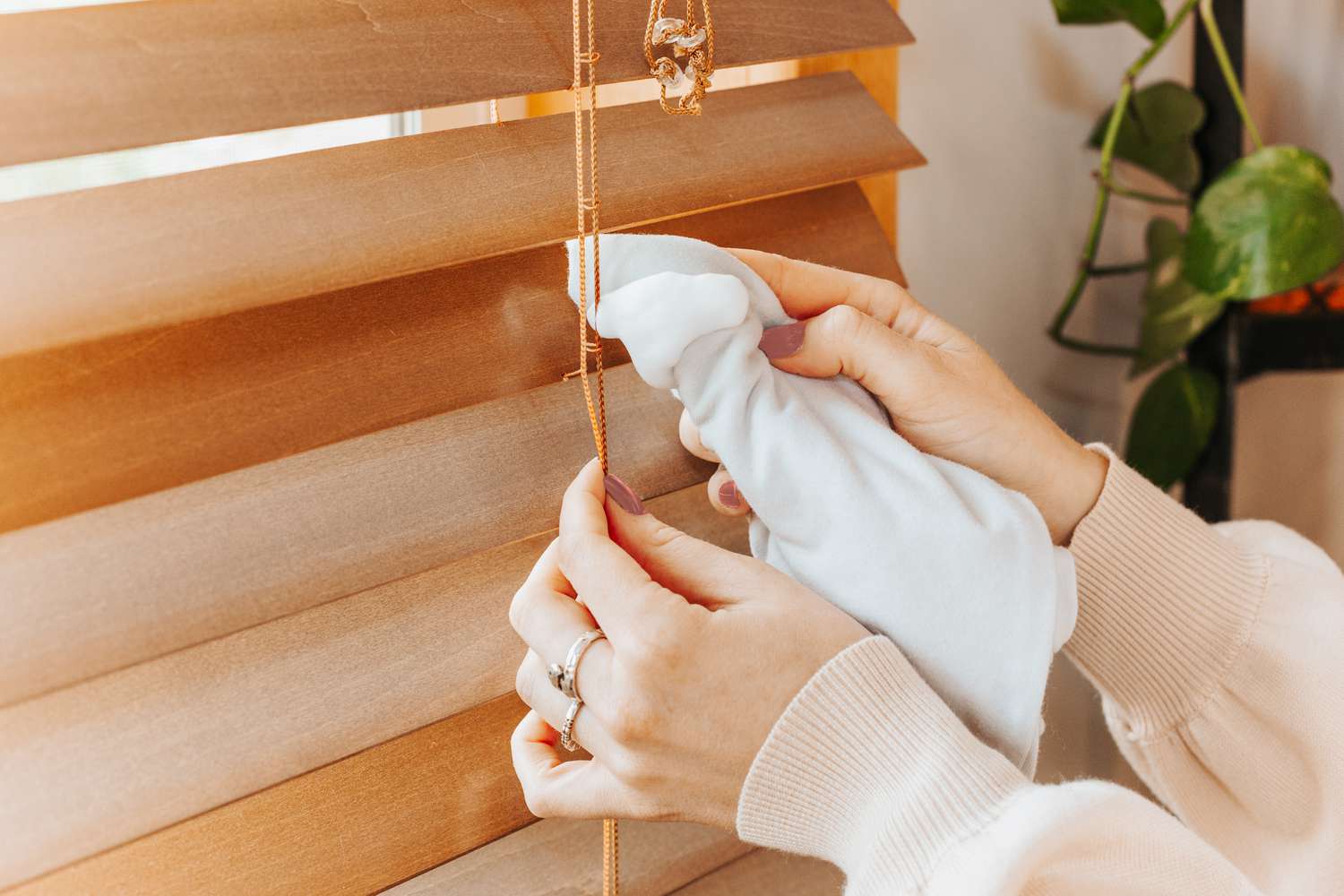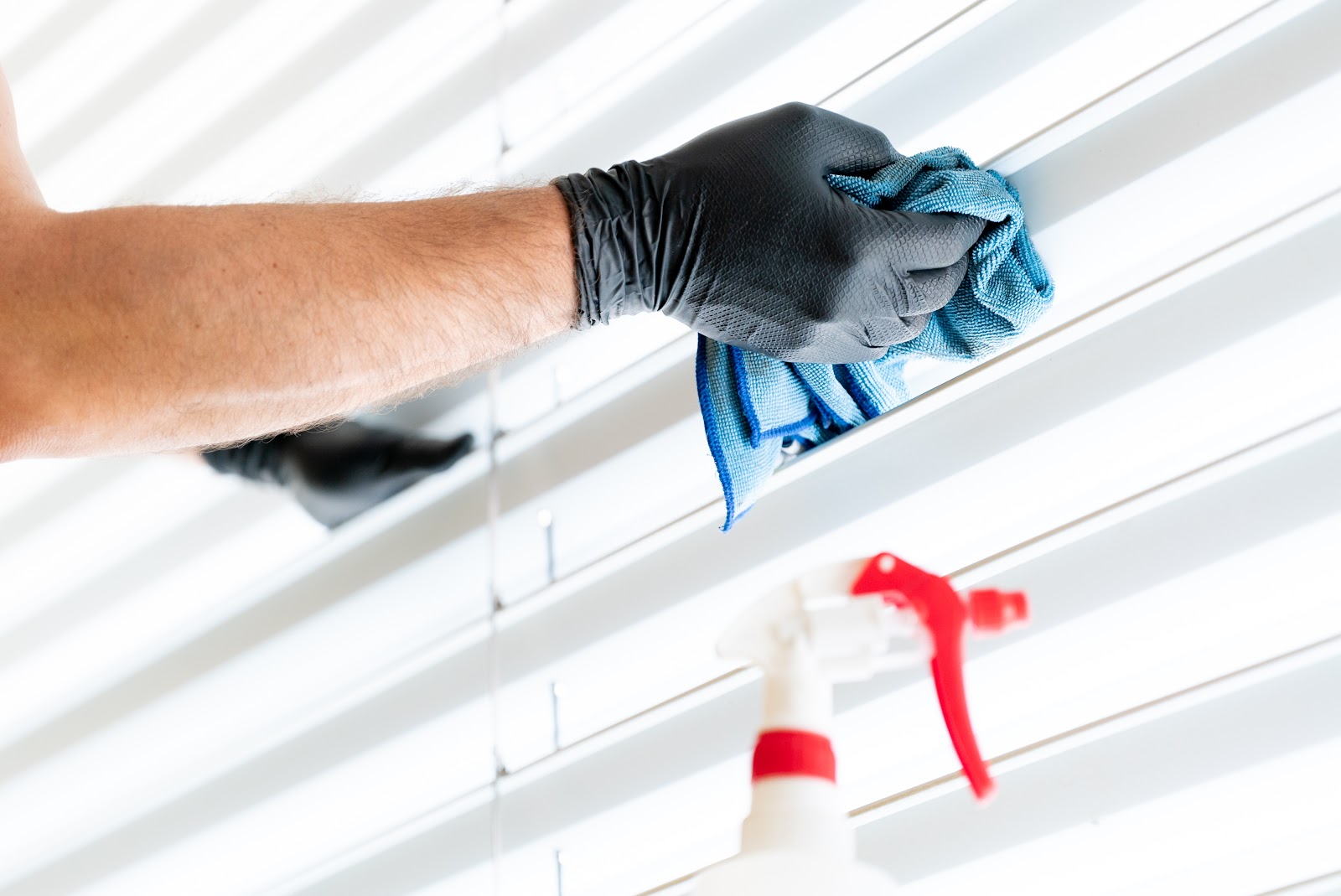

Articles
Which Blinds Are Easiest To Clean
Modified: October 20, 2024
Discover the easiest-to-clean blinds in this informative article. Whether you need tips on maintaining blinds or want to explore new cleaning methods, our experts have got you covered!
(Many of the links in this article redirect to a specific reviewed product. Your purchase of these products through affiliate links helps to generate commission for Storables.com, at no extra cost. Learn more)
Introduction
Keeping your blinds clean not only helps to maintain their aesthetic appeal but also promotes a healthier indoor environment by minimizing dust and allergens. However, cleaning blinds can sometimes be a daunting task, especially if you’re not sure which type of blinds are easiest to clean. In this article, we will explore different types of blinds and provide you with valuable tips and techniques to make the cleaning process a breeze.
Blinds not only serve a functional purpose by providing privacy and controlling light, but they also add style and character to a room. There are various types of blinds available in the market, each with its own unique features and cleaning requirements. Factors such as the material, design, and installation method can determine how easy or difficult it is to clean a particular type of blind.
When it comes to cleaning blinds, it’s important to consider a few key factors. The first factor is the material of the blinds. Some materials, such as wood and fabric, may require more delicate cleaning methods to prevent damage. Other materials, like aluminum and vinyl, are generally easier to clean due to their smooth and non-porous surfaces. The second factor to consider is the design of the blinds. Blinds with intricate patterns or textures may accumulate more dust and debris, making them slightly more challenging to clean.
Now, let’s dive into the different types of blinds and explore which ones are the easiest to clean. By understanding the unique characteristics of each type, you’ll be able to choose the blinds that fit your cleaning preferences and lifestyle.
Key Takeaways:
- Easiest Blinds to Clean
Aluminum, vinyl, faux wood, and PVC roller blinds are among the easiest to clean due to their smooth surfaces. Regular dusting and gentle wiping with a damp cloth can keep them looking pristine. - Cleaning Tips for Blinds
Regular dusting, spot cleaning, and preventive maintenance are key to keeping blinds clean and prolonging their lifespan. Use gentle cleaning methods and appropriate tools to maintain the beauty of your window coverings.
Types of Blinds
When it comes to selecting blinds, there are several options to choose from, each with its own distinct features and cleaning considerations. Let’s take a closer look at some popular types of blinds:
1. Venetian Blinds: These blinds are made up of horizontal slats that are suspended by cords. Venetian blinds are available in various materials such as wood, aluminum, and vinyl. The slats can be tilted to control the amount of light entering the room. Cleaning Venetian blinds can be relatively easy as you can easily wipe down each slat with a cloth or use a vacuum with a brush attachment to remove dust.
2. Vertical Blinds: Vertical blinds are an excellent choice for covering large windows or sliding doors. They consist of vertical slats that can be rotated to control the direction of light. Vertical blinds are commonly made of fabric, vinyl, or PVC. Cleaning these blinds can be straightforward as you can remove individual slats and clean them with a cloth or sponge. Alternatively, you can also use a vacuum cleaner with a brush attachment.
3. Roller Blinds: Roller blinds are simple and sleek window coverings that operate by rolling up or down. They are typically made of fabric or synthetic materials. Cleaning roller blinds is relatively easy, as most can be wiped down with a damp cloth or sponge. For tougher stains, spot cleaning with a mild detergent solution may be required. It’s important to check the manufacturer’s instructions before cleaning to ensure that you’re using the appropriate method.
4. Roman Blinds: Roman blinds are known for their elegant and timeless look. They are made of fabric and feature horizontal folds that create a neat and uniform appearance when raised. Cleaning Roman blinds can be a bit more involved due to their fabric construction, but many can be dry-cleaned or spot cleaned with a fabric cleaner. It’s important to check the care instructions provided by the manufacturer to ensure proper cleaning methods.
5. Cellular or Honeycomb Blinds: Cellular blinds are an energy-efficient option that helps to insulate windows. They are composed of multiple honeycomb-shaped cells that trap air for better insulation. Cleaning cellular blinds can be relatively easy as they are often made of materials like polyester or non-woven fabrics, which can be gently vacuumed or wiped down. However, it’s important to handle them with care to avoid damaging the delicate construction of the cells.
These are just a few examples of the many types of blinds available in the market. Each type has its own cleaning considerations, and it’s essential to follow the manufacturer’s instructions to ensure proper maintenance and longevity of your blinds.
Factors to Consider when Cleaning Blinds
When it comes to cleaning blinds, there are several factors you should consider to ensure you choose the right cleaning method and materials. These factors can help you maintain the condition of your blinds and prevent any damage during the cleaning process. Let’s explore some key factors to consider:
1. Material: The material of your blinds plays a crucial role in determining the appropriate cleaning method. Common blind materials include wood, fabric, aluminum, vinyl, and PVC. Wood blinds require more gentle cleaning methods to prevent warping or staining, while fabric blinds may need spot cleaning to maintain their appearance. Aluminum, vinyl, and PVC blinds are generally easier to clean as their smooth surfaces can be wiped down or dusted more easily.
2. Cleaning Products: It’s important to choose the right cleaning products for your blinds to avoid any damage. For non-fabric blinds, mild soap and water solutions or non-abrasive cleaners can usually be used for general cleaning. However, always check the manufacturer’s instructions and test the cleaning product on a small, inconspicuous area before applying it to the entire blind surface.
3. Cleaning Tools: The tools you use to clean your blinds can also make a difference in the effectiveness of the cleaning process. Soft microfiber cloths or sponges are generally safe to use on most blinds as they won’t scratch or damage the surfaces. Vacuum cleaners with brush attachments are useful for removing dust from slats or fabric blinds.
4. Cleaning Frequency: The frequency of cleaning your blinds depends on a few factors, such as your environment and personal preference. If you live in a dusty area or have pets, you may need to clean your blinds more frequently. Regular dusting and spot cleaning can help maintain the cleanliness of your blinds and reduce the need for deep cleaning.
5. Safety Precautions: When cleaning blinds, it’s important to take safety precautions to prevent accidents or damage. Avoid using excessive force when cleaning delicate materials and always follow the manufacturer’s instructions for removal or dismantling of blinds. If you’re unsure about the cleaning process, it’s best to consult a professional or refer to the manufacturer’s guidelines.
By considering these factors, you can ensure that you choose the right cleaning method, products, and tools to maintain your blinds’ cleanliness effectively. Regular cleaning and proper maintenance will help prolong the lifespan of your blinds and keep them looking their best.
Faux wood blinds are the easiest to clean as they are durable and can withstand cleaning with water and mild detergent. Simply wipe them down with a damp cloth to remove dust and dirt.
Easiest Blinds to Clean
While the ease of cleaning may vary depending on the specific material and design of your blinds, there are a few types of blinds that are generally considered to be easier to clean. Let’s take a look at some of the easiest blinds to clean:
1. Aluminum Blinds: Aluminum blinds are a popular choice for their sleek appearance and durability. One of the advantages of aluminum blinds is that they have a smooth and non-porous surface, making them easy to wipe down or dust. You can use a soft cloth, sponge, or even a duster to remove any dirt or dust particles that may have accumulated on the slats. For stubborn stains, a mild cleaning solution can be used, but be sure to check the manufacturer’s instructions before applying any cleaning product.
2. Vinyl Blinds: Vinyl blinds are another easy-to-clean option. Like aluminum blinds, vinyl blinds have a smooth surface that can be easily wiped down with a cloth or sponge. You can also use a duster or vacuum cleaner with a brush attachment to remove dust from the slats. Vinyl blinds are resistant to moisture, which means they can be cleaned with a mild soap and water solution without worrying about damage. However, avoid using abrasive cleaners or harsh chemicals, as they can discolor or damage the vinyl material.
3. Faux Wood Blinds: Faux wood blinds offer the elegance and warmth of real wood but are typically easier to maintain. These blinds are made of a composite material that resists warping and fading, making them suitable for humid environments like bathrooms and kitchens. Faux wood blinds can be easily wiped clean with a soft cloth or sponge dampened with water or a mild cleaning solution. Avoid using excess moisture or abrasive cleaners, as they can potentially damage the finish of the blinds.
4. Roller Blinds (with PVC fabric): Roller blinds with PVC fabric offer a smooth and easy-to-clean surface. Most roller blinds can be wiped down with a damp cloth or sponge to remove dust and stains. For tougher stains, spot cleaning with a mild detergent solution can be effective. However, it’s important to check the manufacturer’s instructions to ensure that the cleaning method is suitable for the specific type of roller blind fabric.
5. Vertical Blinds (with PVC or vinyl slats): Vertical blinds with PVC or vinyl slats are not only easy to clean but also highly durable. The vertical orientation of the slats makes them less prone to gathering dust compared to horizontal blinds. You can easily remove the slats and clean them individually with a cloth or sponge. Alternatively, you can use a vacuum cleaner with a brush attachment to remove dust and debris from the slats.
Keep in mind that while these blinds are generally easier to clean, it’s important to refer to the manufacturer’s instructions for specific cleaning guidelines. Regular maintenance and proper cleaning techniques will help ensure that your blinds remain in excellent condition and continue to enhance the beauty of your space.
Cleaning Tips and Techniques
Cleaning blinds can sometimes be a time-consuming and tedious task, but with the right techniques and tools, you can make the process more efficient and effective. Here are some tips to help you clean your blinds with ease:
1. Dusting: Regular dusting is key to prevent buildup and maintain the cleanliness of your blinds. You can use a microfiber cloth, feather duster, or a soft, clean paintbrush to remove dust from the slats. Start from the top and work your way down, gently wiping or brushing the dust away. For blinds with fabric or textured surfaces, use a vacuum cleaner with a brush attachment on a low setting to remove dust particles.
2. Wiping and Spot Cleaning: For blinds made of materials like vinyl, aluminum, and PVC, a damp cloth or sponge can be used to wipe down the slats. You can dampen the cloth or sponge with water or a mild cleaning solution. Avoid using excessive moisture to prevent damage or warping. For tougher stains or spots, you can use a non-abrasive cleaner specifically formulated for blinds. Remember to always check the manufacturer’s instructions to ensure the cleaning products are suitable for your blinds.
3. Removing and Soaking: Some blinds, such as vertical blinds, can be easily removed for thorough cleaning. If possible, take down the blinds and soak them in a mild detergent solution or bathtub filled with water. Gently agitate the blinds to loosen any dirt or stains. After soaking, rinse the blinds with clean water and allow them to air dry completely before reinstallation.
4. Vacuuming: Vacuuming is an effective method to remove dust and debris from blinds, especially for fabric blinds and blinds with textured surfaces. Use a vacuum cleaner with a brush attachment on a low setting to gently vacuum the slats or the fabric surface. Be careful not to apply too much pressure to avoid damaging the blinds. Regular vacuuming can help prolong the need for deep cleaning.
5. Preventive Maintenance: To minimize the need for frequent deep cleaning, consider implementing preventive measures. Use blinds in rooms with adequate ventilation to reduce the buildup of dust and odors. If you have pets, regularly brush or groom them to minimize the amount of fur and dander that can accumulate on the blinds. Additionally, avoid smoking or burning candles near the blinds to prevent residue buildup.
Remember to always refer to the manufacturer’s instructions for specific cleaning recommendations. Following proper cleaning techniques and establishing a regular cleaning routine will not only make the process easier but also help extend the life of your blinds and keep them looking their best.
Conclusion
Cleaning blinds can be a straightforward task when you have the right knowledge and techniques. By considering the type of blinds, the material they are made from, and following proper cleaning methods, you can easily maintain the cleanliness and prolong the lifespan of your blinds.
Throughout this article, we explored different types of blinds and discussed which ones are generally considered the easiest to clean. Aluminum blinds, vinyl blinds, faux wood blinds, roller blinds with PVC fabric, and vertical blinds with PVC or vinyl slats are often among the easiest types to clean due to their smooth surfaces and durable materials.
Remember to follow these helpful tips when it comes to cleaning your blinds:
- Dust regularly with a microfiber cloth, feather duster, or soft brush.
- Wipe down blinds with a damp cloth or sponge, using a mild cleaning solution if needed.
- Spot clean stains using appropriate non-abrasive cleaners.
- Consider removing and soaking blinds for a thorough cleaning, if applicable.
- Use a vacuum cleaner with a brush attachment for fabric blinds or textured surfaces.
- Implement preventive measures to minimize the need for deep cleaning.
By incorporating these cleaning tips into your routine maintenance, you can keep your blinds looking pristine and ensure they continue to enhance the beauty of your space. Regular cleaning not only improves the aesthetic appeal of your blinds but also promotes a healthier indoor environment by reducing dust and allergens.
Always refer to the manufacturer’s instructions for specific cleaning recommendations and take the necessary safety precautions when cleaning blinds. When in doubt, consult a professional or seek guidance from the manufacturer to ensure the proper cleaning technique for your specific blinds.
With a little time and effort, cleaning your blinds can be a manageable and rewarding task. So go ahead, give your blinds the care they deserve, and enjoy a perfectly clean and well-maintained window covering that enhances the overall look and feel of your home.
Frequently Asked Questions about Which Blinds Are Easiest To Clean
Was this page helpful?
At Storables.com, we guarantee accurate and reliable information. Our content, validated by Expert Board Contributors, is crafted following stringent Editorial Policies. We're committed to providing you with well-researched, expert-backed insights for all your informational needs.

